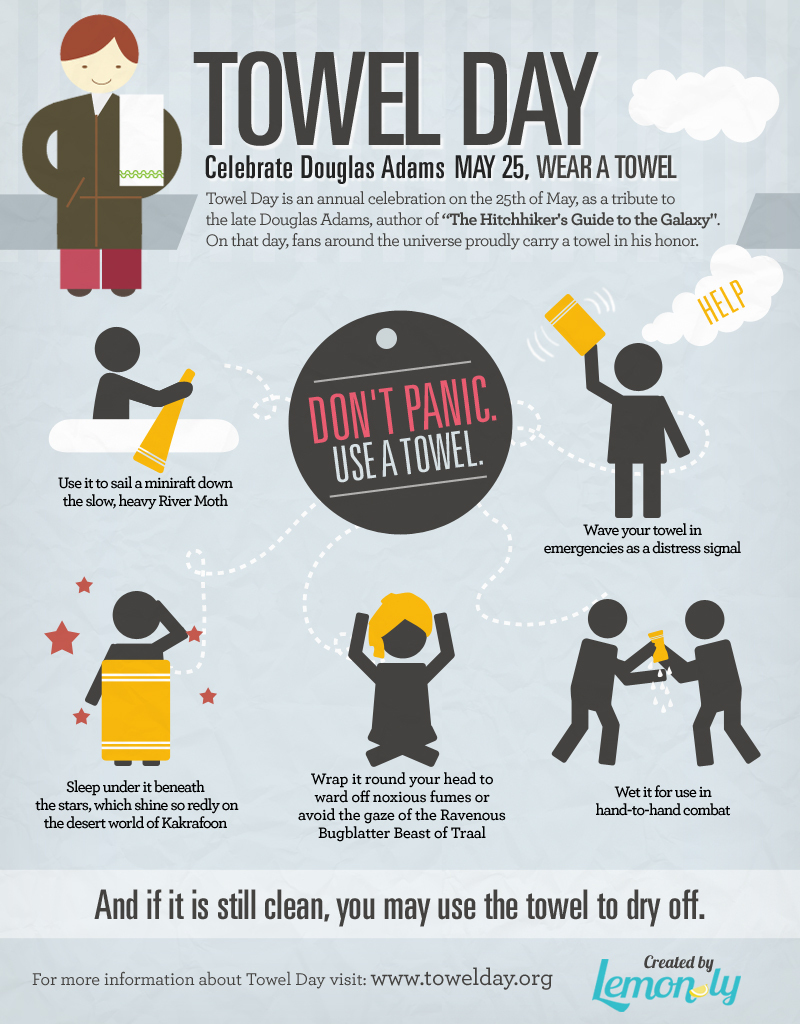My last few weeks were a whirlwind of activity on the client front. A few of my favorite people are going through an intense launch phase, and a couple others are starting mega-exciting projects. All this work inspired me to write about Long-term Planning. It sounds like a pretty boring subject, so to make it juicier, let's talk about
The GLARING mistakes you (might) make when planning Long-Term
1. You stick your plans in a forgotten drawer
We never do this! No! It's not like you made a really nice well thought-through plan, let's say it takes five A4 pages and... that's it.
Three months later you find it when you're cleaning your desk.
All the planning workshops and sessions in the world are powerless against this strategy.
2. You confuse Goal-setting with Long-term Planning
Goal-setting: I want to quit my day job, so I'd sell an online class making $50K. (For the advanced goal-setters - imagine sign-up emails in your Inbox, rave reviews, thankful notes from people you’ve guided through an incredible transformation)
Long-term planning: I’m going to do research (2 weeks), then to pilot my class (4 weeks), then collect feedback (2 weeks), then decide on tweaks (1 week), then write the class (1 week? No, that’s way too optimistic. 3 weeks, I know myself, I’ll agonize over the smallest details). THEN, I'm going to market and launch it (4 weeks), then open the cart.
Where does this timeline brings us? Let’s do some quick math:
2+4+2+1+3+4= 16 weeks, a.k.a about 4 months.
Great. Now let’s think pricing, conversion rates, etc...
Many people tend to think long-term planning is the former. Goals-setting is essential, you won’t get anywhere without a clear goal. But it’s not enough. Long-term planning is the next step -
the not-too-detailed (that’s important!) roadmap to the goal you’ve set.
The key differences:
A Goal describes a finished outcome that relates to a specific point in time. It may even be a dream come true. We often set goals guided by our deepest emotions and desires - seeking independence, influence, connection.
A Long-term Plan is first and foremost a sequence of events we need to happen to get to the goal. First we do A, then we do B, and these will lead us to C.
Each event has an approximate duration, and someone who’s responsible to make it happen - even if we don’t know at the beginning who that person will be. For example - if you plan to design a webpage 2 months from today, you know you’d need a web designer, even you don’t have a specific name in mind yet.
Here is another way to look at it, if the words “sequence” or “logical chain” make you squirm:
A plan is a STORY.
A Narrative, where something happens and it leads to something else. The Ring of Sauron has to be destroyed (the Goal), so Frodo takes it upon himself to throw it into Mount Doom. The heroes plan the path: to cross the Misty Mountains, through the Redhorn Pass, across the flank of Caradhras. Elrond and Gandalf form a Fellowship of the Ring to help the hobbit overcome the dangers of the journey.
A note: the Visionary is usually very good at setting goals because it requires creating a picture (a vision!). Planning, on the other hand, requires linear thinking and focus. This is why Mark Zuckerberg needs Sheryl Sandberg so badly. She’s his COO, the person that translates a grand vision into a sequence of tasks/problems/events.
3. You don’t plan the money ins and outs
If you have planned how much do you aspire to make, you’re already ahead of the majority. However, have you planned how much you’ll need to spend? Where would the money go?
How much would you invest in the Facebook ads? How many VA/designer/tech hours would your plans require? If you sell a physical product, did you plan material costs?
In addition to the obvious “let’s see what my budget allows” insight, long-term money plans have a curious side-effect - motivating us to act. When you see the investments you need to make, your plans feel more tangible and real. And most of us won’t get off our collective butt, unless real and tangible things need our real and tangible action.
The spending plan doesn’t have to be exact or even too detailed - it’s enough to say “$5000 for coaching, $1000 for software, $10000 for taxes”.
4. You stop at long-term, never planning the middle-term
You might have heard me say it before - Visionaries are great long-term planners and amazing immediate responders. But they often lack the ability to do the in-between.
Without middle-term planning - the breaking down of big tasks into smaller ones, there’s no way to know what you need to do today, never mind in the next hour.
This point may actually be the hardest to implement - breaking down big chunks into smaller tasks, executing the small tasks, weaving them into daily routines. This requires discipline, focus, motivation, and, surprisingly, a healthy dose of creativity.
If this last sentence resonates - know you’re not alone.
There are methods and systems to make it easier (in other words, to make it actually, you know, happen). But that’s a story for another time.














